Did you know that up to 70% of dogs exhibit anxiety-related behaviors in new or stressful situations? While many owners accept these reactions as unchangeable, evidence-based desensitization and counterconditioning methods can rapidly reshape your dog’s emotional response—leading to a calmer, happier companion. In this guide, you’ll learn how to harness proven behavior modification techniques that create positive emotional change, even in the most fearful dogs. Ready to unlock your dog’s calm?
Why Desensitization and Counterconditioning Matter: Surprising Facts About Dog Behavior Modification
- Learn how desensitization and counterconditioning reshape canine behavior, why these modification techniques are essential, and discover actionable solutions for calming fearful dogs quickly.
Pet owners and animal trainers often encounter dogs gripped by fear—whether it’s thunder, vacuum cleaners, or strangers. The good news: behavior modification techniques like desensitization and counterconditioning can alter even deeply ingrained emotional responses. Recent studies show that dogs undergoing desensitization and counterconditioning programs demonstrate measurable decreases in stress and undesirable behavior, underscoring the power of these scientific approaches.
When left unchecked, negative emotions can trap a dog in cycles of reactivity, undermining their well-being and your relationship. By introducing gradual, positive experiences—commonly known as response substitution —you replace a negative emotional response with a positive emotional association. These techniques are not just about reducing unwanted behavior; they’re transformative, enabling your dog to approach previous triggers with newfound confidence and calm.
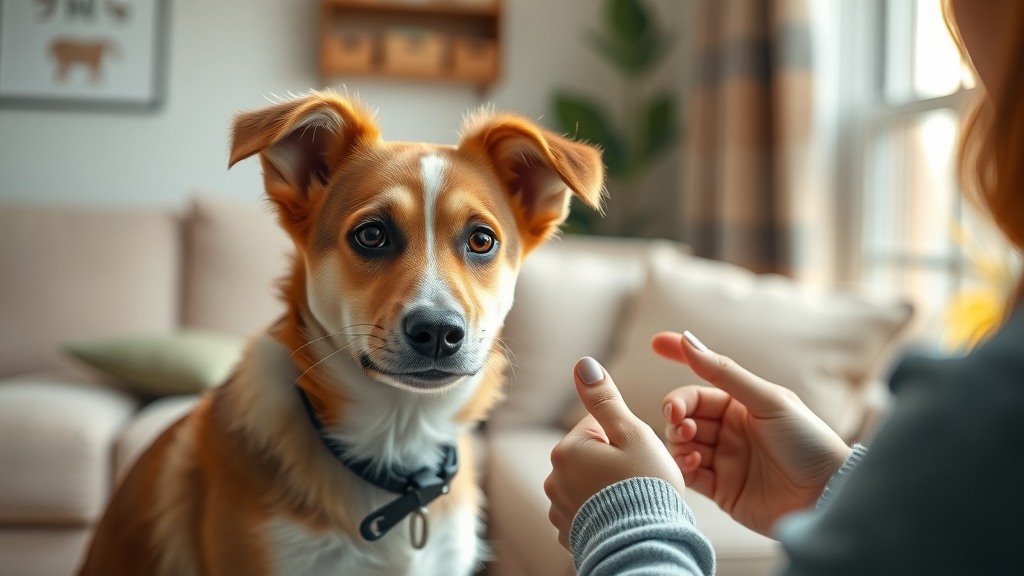
Understanding Desensitization and Counterconditioning: Foundations of Canine Behavior Modification
Defining Desensitization and Counterconditioning for Dog Owners
Desensitization is a behavior modification technique that exposes your dog to a feared stimulus at a low intensity , with the goal of reducing or eliminating the negative emotional response over time. For example, if your dog is afraid of the vacuum, you might begin by having the machine in the room turned off. Counterconditioning goes a step further by actively pairing the presence of the scary object or event with something the dog enjoys (like treats, praise, or play), thus fostering a positive emotion in place of anxiety.
By combining these strategies, you help create a positive emotional association where there was once fear or discomfort. Over the course of a thoughtful modification program , your dog learns that previously scary things can actually predict good things —turning dread into anticipation of rewards. These dual processes empower even nervous dogs to face triggers with less stress and more curiosity, making conditioning and desensitization essential standards for anyone addressing canine behavior challenges.
Behavior Modification Techniques: How Conditioning and Desensitization Work Together
At the heart of effective behavior modification lies a partnership between gradual exposure (desensitization) and reward-based learning (counterconditioning). Together, these techniques guide a dog through structured experiences, starting with a trigger at a low enough level that negative feelings are not triggered. Reinforcing calm behaviors with a good thing —like bits of hot dogs or favorite toys—teaches the dog that formerly upsetting situations now predict something positive.
This systematic approach forms the backbone of most successful canine behavior modification programs . As the dog’s emotional state shifts from fear to relaxation, you can gradually increase the intensity of the stimulus without reawakening undesirable behavior. The result is not just symptom management but a true shift in the animal’s emotional response —building resilience and lifelong calm.
The Science Behind Emotional Response: Why Dogs React the Way They Do
Understanding your dog’s emotional state is vital to effective training. Canines, like people, experience a spectrum of emotions that drive behavior. Modern research in veterinary behavior shows that certain stimuli can rapidly elicit negative emotional responses rooted in fear or past negative experiences. Over time, these negative emotions can become automatic, manifesting as barking, shaking, or even aggression when a trigger appears.
Successful behavior modification technique relies on leveraging the principles of classical and operant conditioning. By retraining the brain’s connections between a stimulus and the resulting emotional response , desensitization and counterconditioning don’t just suppress undesirable behaviors—they address their root cause. This science-backed process ensures your pet’s improvement is enduring and rooted in genuine positive emotion.
"A calm dog is not born but made through patient and structured behavior modification." – Expert Canine Behaviorist

Recognizing Negative Feelings: Key Signs of Fear and Stress in Dogs
Common Triggers and Behavioral Cues in Dogs
Many dog owners miss subtle indications of their pet’s discomfort. The signs of fear in dogs can range from the obvious (growling, cowering, escaping) to the subtle: flattened ears, tucked tails, yawning outside of tiredness, or lip licking. Behavioral cues like pacing, avoiding eye contact, or sudden loss of interest in food often signal underlying negative feelings and warrant attention.
Common triggers for canine stress responses include loud noises, unfamiliar people, vet visits, and other animals. With the right awareness, you can spot the earliest signs of a negative emotional response before it escalates. By identifying and documenting these triggers and cues as a first step, you lay the groundwork for applying effective conditioning and desensitization strategies to help your dog regain confidence and calm.
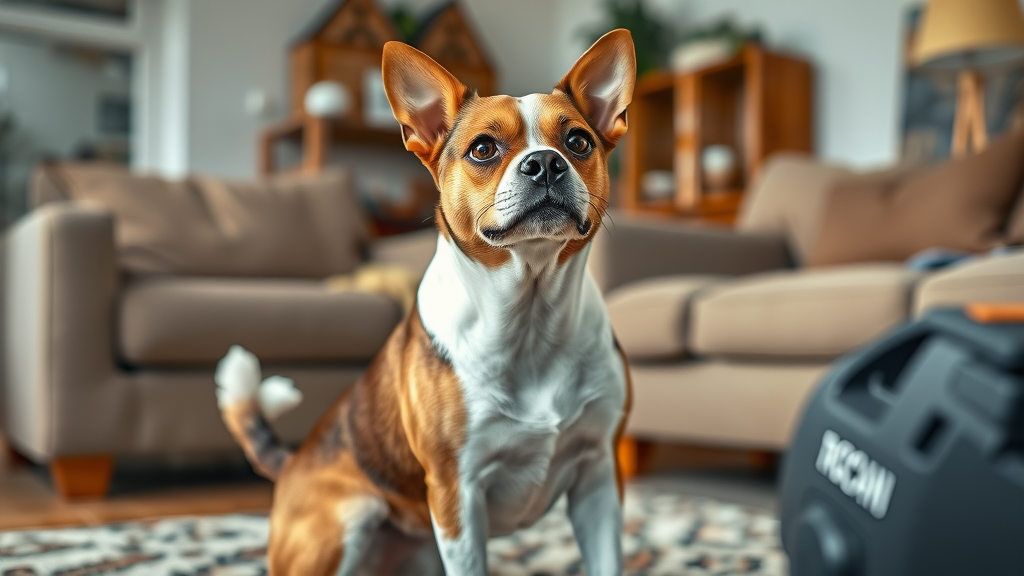
Table: Visual Guide to Signs of Fear in Dogs and Recommended Response Strategies
| Signs of Fear | Common Triggers | Recommended Response |
|---|---|---|
| Tail tucked, ears back, shaking | Thunderstorms, loud appliances | Lower intensity, offer favorite treats, maintain calm energy |
| Pacing, panting, avoidance | Unfamiliar guests, car rides | Break triggers into small steps, reward calm, pause if dog is overwhelmed |
| Loss of appetite, hypervigilance | New environments, vet clinics | Pair exposure with high-value rewards such as hot dogs, increase the intensity gradually |
Implementing Desensitization and Counterconditioning: Step-by-Step Guide
- Identify triggers and stressors
- Break down triggers into manageable levels
- Use positive reinforcement during exposures
- Gradually increase exposure intensity
- Monitor the emotional response—adjust as needed
To start a successful desensitization and counterconditioning journey, first create a detailed list of your dog’s stressors. What are their “hot button” triggers? Once identified, break each trigger into levels—this could mean varying the distance from a stranger or the volume of a sound. Your goal is to stay well below the point where a negative emotional response takes over, ensuring exposures are successful and not overwhelming.
During each session, reward your dog with a good thing (e.g., hot dog slices, favorite toys) the instant the trigger appears at a low intensity. As your dog shows calm or even curiosity, you’ll gradually increase the exposure, all while watching closely for stress signals. Should signs of fear reappear, scale back the intensity or frequency—progress at your dog’s pace. This flexible approach, rooted in compassion and science, maximizes the chances for a lasting shift to a more positive emotional state.
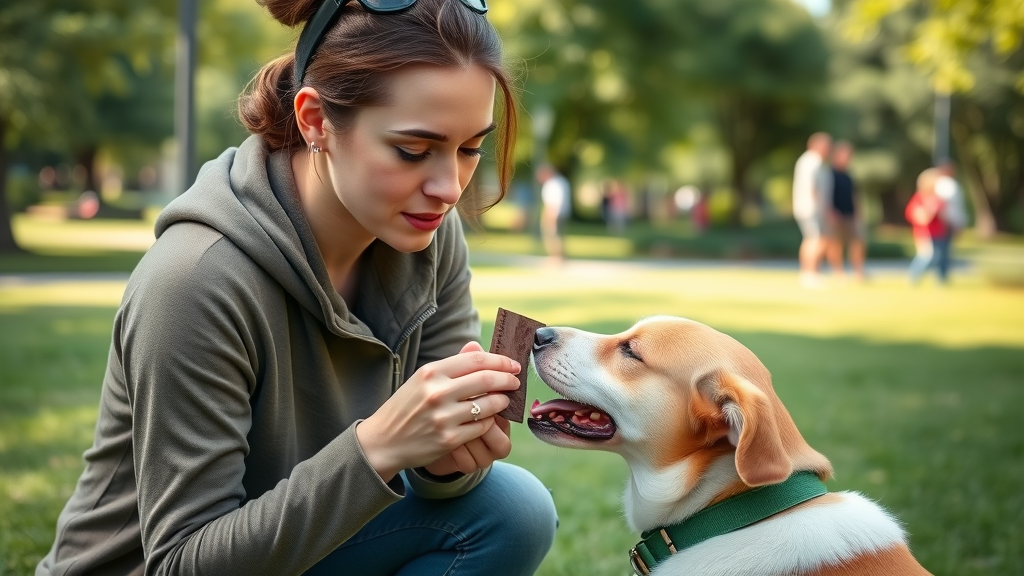
Response Substitution: Replacing Fear with Positive Behaviors
The concept of response substitution is central to behavior modification techniques. Instead of reacting with fear, your dog is taught to perform a desirable behavior when faced with a former trigger—like looking to you for a treat or calmly sitting. By consistently rewarding this substitute behavior, you’re not just suppressing unwanted behavior, but actively creating a positive emotional association.
Consider the dog that once barked at the mail carrier: if they learn that mail time now means a tasty snack, anxiety shifts to anticipation. This shift—swap a negative emotional response for a positive one—is one of the most powerful outcomes of desensitization and counterconditioning, ensuring results that are both humane and long-lasting.
Positive Reinforcement in Desensitization and Counterconditioning
Positive reinforcement underpins every successful desensitization and counterconditioning program. Whether using high-value treats, praise, or play, the key is offering a reward that your dog craves in the presence of the feared stimulus. This active process creates joy and helps override the old negative emotions attached to triggers.
It’s important to note that consistency is vital: every time the dog sees the “scary thing,” it should predict a good thing . Repetition and patience yield breakthroughs—over time, the mere presence of the trigger stirs up excitement rather than unease, proving just how transformative conditioning and desensitization can be when coupled with powerful, positive emotional incentives.
Real-World Example: Counterconditioning in Action
Case Study: How Desensitization and Counterconditioning Changed a Dog’s Life
Meet Charlie—a rescue who once trembled and hid at the sight of house guests. By employing a desensitization and counterconditioning approach, Charlie’s owners began at a distance with visitors passing by and rewarded each calm moment with pieces of hot dog. Over several weeks, Charlie’s emotional state transformed. He went from cowering in fear to tentatively wagging his tail, until eventually, new people in the home reliably predicted treats and games.
This case illustrates the effectiveness of the modification technique : By creating a positive emotional link to a previously negative experience, Charlie learned that strangers heralded a good thing, not a threat. The key to this success lay in a structured program, patience, and unwavering consistency—highlighting the foundation of all behavior modification success stories.
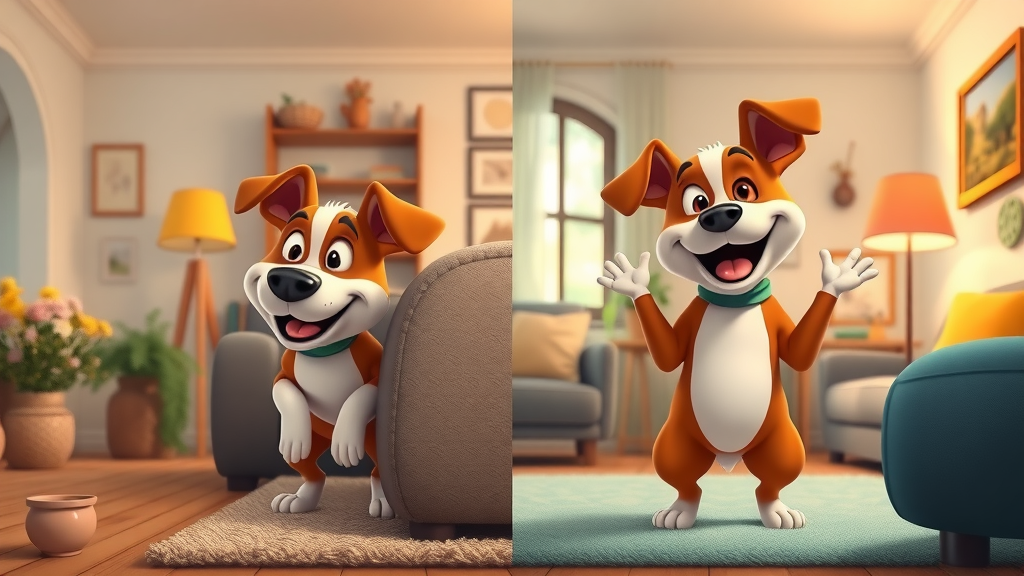
Tips for Success: Behavior Modification Technique Best Practices
- Always set up sessions where the intensity of the stimulus is low enough to keep your dog under threshold—avoid overwhelming them.
- Use a variety of high-reward motivators—only introduce new triggers when the current one produces no negative emotional response.
- Be flexible: if setbacks occur, reduce trigger intensity and resume at a pace where your dog feels safe and positive.
- Track progress using a journal to document improvements and challenges; it aids troubleshooting for your modification technique .
Challenges and Solutions in Desensitization and Counterconditioning
Troubleshooting Common Problems with Conditioning and Desensitization
It’s normal to encounter setbacks in any behavior modification program. Sometimes, triggers are too variable (like unpredictable strangers or sudden noises), or a session might accidentally become overwhelming for your pet. If your dog regresses, pause, reassess the intensity of the stimulus , and lower expectations—progress in desensitization and counterconditioning is never strictly linear.
Make use of a calm, familiar environment to practice and limit additional stress. Don't hesitate to prioritize your dog’s emotional state —returning to easier steps helps cement progress in the long run and avoids inadvertently reinforcing unwanted behavior. Stay positive and remember: small steps lead to big, lasting results.

When to Seek Professional Help for Behavior Modification
While many cases of fear or negative emotional response can be resolved with home-based training, chronic or severe issues may require the expertise of a behavior professional or veterinary behaviorist . Signs such as aggression, self-harming behaviors, or anxiety that worsens despite thoughtful efforts signal it’s time to consult a certified animal behaviorist.
Professionals can tailor a modification program to your dog’s needs, provide advanced troubleshooting, and establish a counterconditioning program that’s both effective and safe. Early intervention bolsters success—don’t hesitate to ask for guidance to ensure your dog’s comfort and your peace of mind.
People Also Ask: Answers to Top Questions About Desensitization and Counterconditioning
What is desensitization and counterconditioning?
Desensitization and counterconditioning are integrated behavior modification techniques that gradually expose a dog to a stimulus at a low intensity while pairing it with positive reinforcement, aiming to change the animal’s emotional response from negative to positive.
What is an example of counterconditioning?
An example of counterconditioning involves a dog fearful of strangers: the dog receives a treat each time a stranger appears at a distance, gradually associating strangers with positive experiences instead of fear.
What is the difference between habituation and desensitization?
Habituation is a form of learning in which repeated exposure to a stimulus decreases the response over time; desensitization, however, combines gradual exposure with positive experiences, focusing on changing the emotional response.
What is the difference between counterconditioning and aversive conditioning?
Counterconditioning replaces negative emotional associations with positive ones through rewards, while aversive conditioning uses unpleasant stimuli to reduce unwanted behaviors.
Frequently Asked Questions About Desensitization and Counterconditioning
- How long does desensitization and counterconditioning take? The process is highly individual—some dogs show improvement in weeks, while others require several months of consistent, positive reinforcement.
- Can this method address all problem behaviors? Desensitization and counterconditioning are highly effective for fear- and anxiety-based issues, but safety-related behaviors or deeply ingrained aggression may require professional assistance.
- Are there risks to desensitization and counterconditioning? The main risk is progressing too quickly, which may reinforce fear rather than reduce it. Always prioritize your dog’s comfort and emotional state at each step.
- Can I do it without a professional trainer? Many owners successfully implement these techniques at home, but professional help is beneficial for more severe or complex behavioral concerns.
- What breeds benefit most from these behavior modification techniques? All breeds can benefit—fear and anxiety are not breed-specific, and behavior modification programs can be tailored to any dog’s needs.
Key Takeaways for Successful Behavior Modification
- Desensitization and counterconditioning are evidence-based strategies for changing a dog’s emotional response.
- Consistent positive reinforcement, gradual exposure, and professional guidance when needed are essential for lasting results.
Unlock Your Dog’s Calm: Making Behavior Change Possible at Home
Don’t let fear or anxiety control your pup’s life. With desensitization and counterconditioning , you can transform negative emotions into positive experiences and unlock a calmer, happier dog—all from the comfort of home. Start today, be patient, and celebrate every step forward.
To deepen your understanding of desensitization and counterconditioning techniques for calming dogs, consider exploring the following resources:
- “Introduction to Desensitization and Counterconditioning” ( vcahospitals.com )
This article provides a comprehensive overview of behavior modification strategies, detailing how gradual exposure combined with positive reinforcement can effectively reduce fear responses in dogs.
- “Changing Your Dog’s Behavior With Desensitization and Counterconditioning” ( akc.org )
This resource offers practical guidance on implementing these techniques, including step-by-step instructions and real-life examples to help pet owners address their dogs’ anxiety-related behaviors.
By consulting these resources, you’ll gain valuable insights and actionable strategies to help your dog overcome fear and anxiety, fostering a calmer and more confident companion.
 Add Row
Add Row  Add
Add 




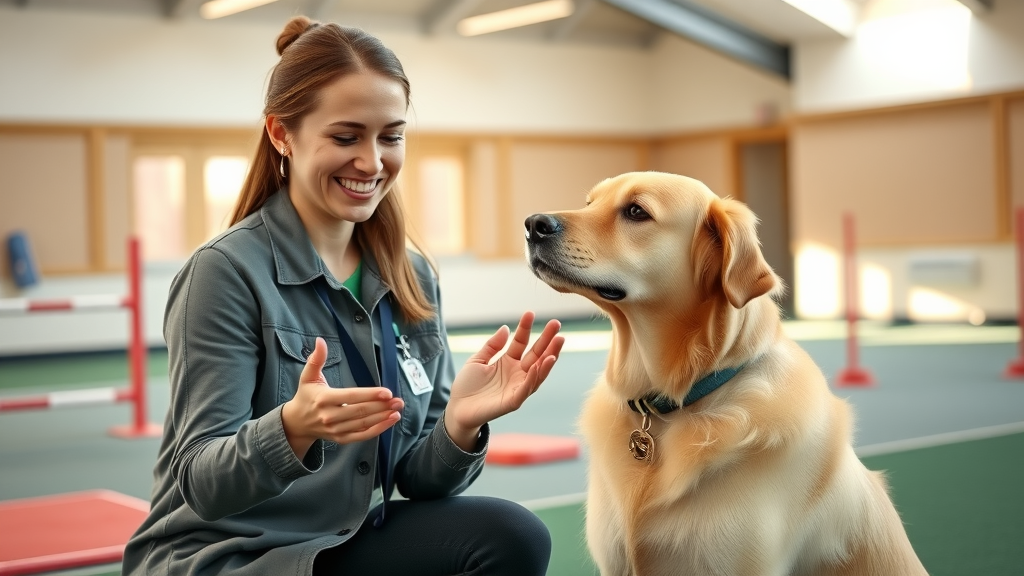
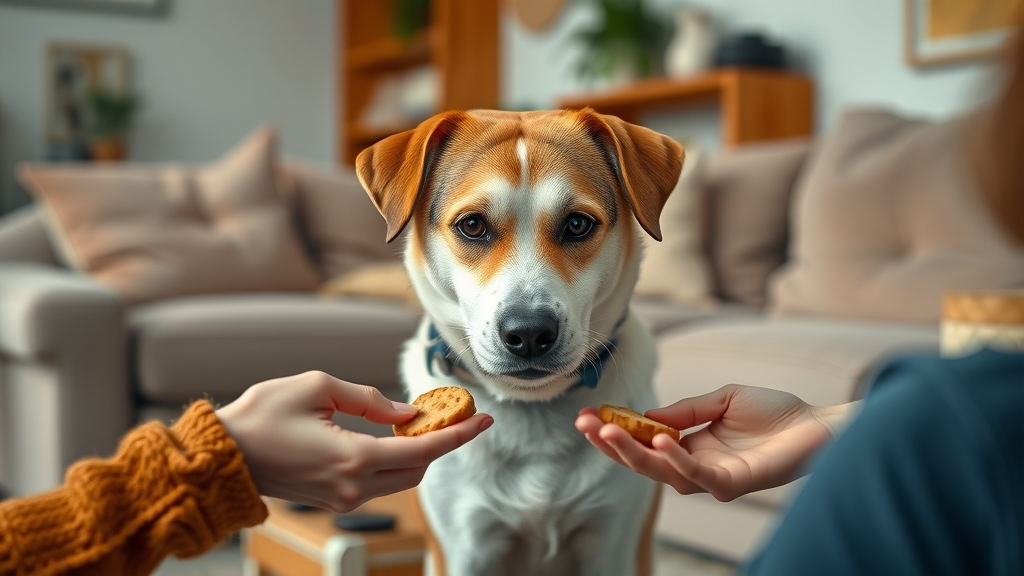
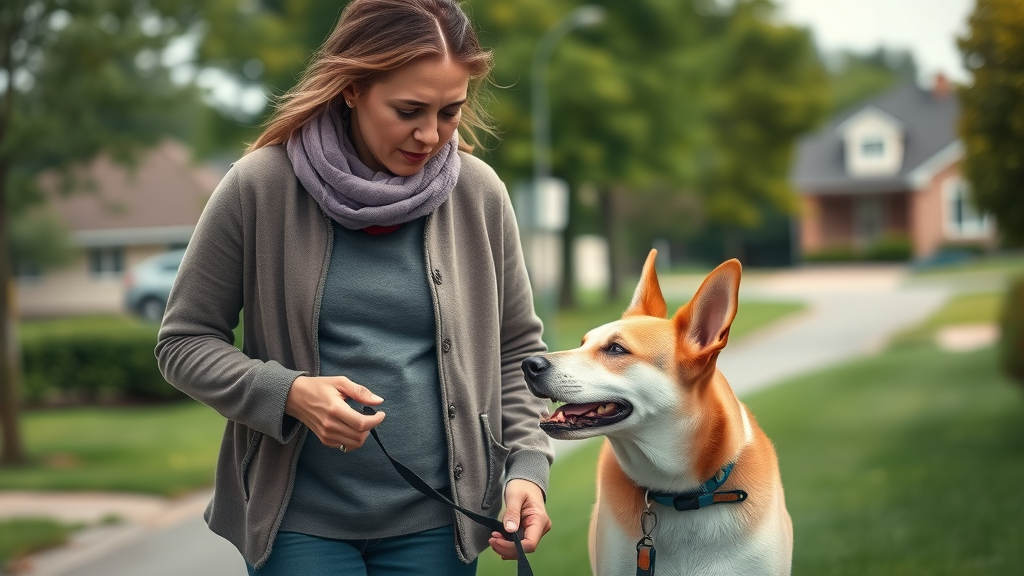

Write A Comment